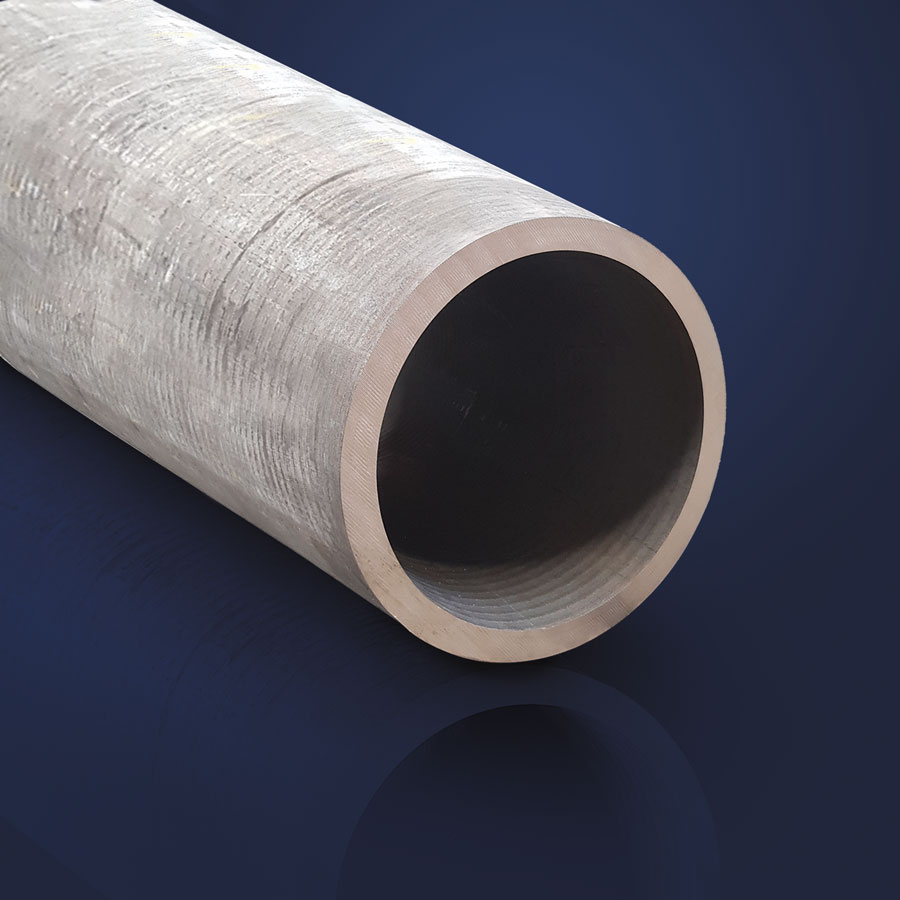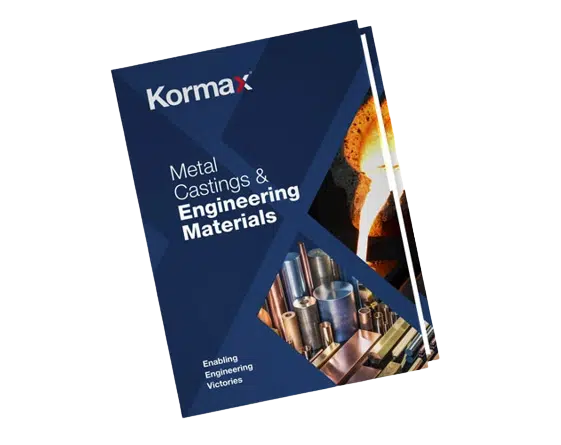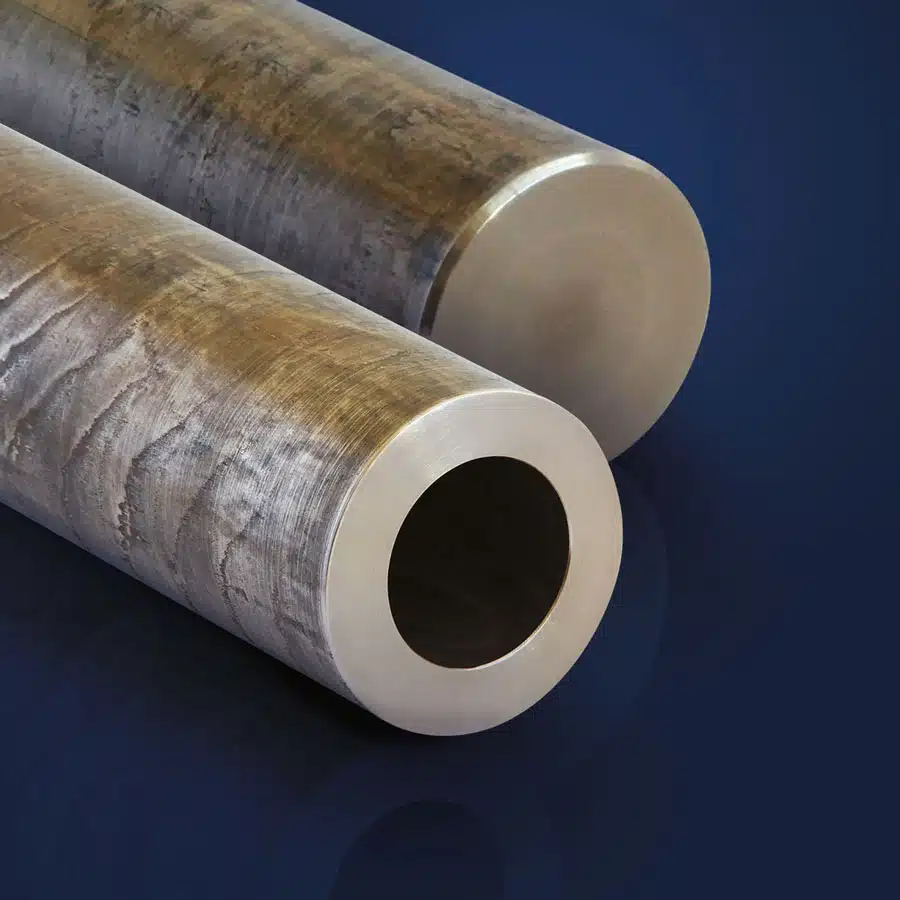LG2 Leaded Gunmetal Bronze
LG2 Bronze is one of the most used grades of bronze in industry. It has medium strength, excellent machining properties, and is suitable for bearings, gears and other components used in relatively light duty applications. Although LG2 is often referred to as phosphor bronze, it is in fact a leaded gunmetal. Only the “PB” group of bronzes (PB1, PB2 etc) can truly be called phosphor bronze.
All Kormax LG2 bronze is manufactured using finely controlled continuous or centrifugal casting techniques to ensure that hardness and strength is superior to sand-casting methods. This also means that the material has a fine grain structure and is free from porosity.






